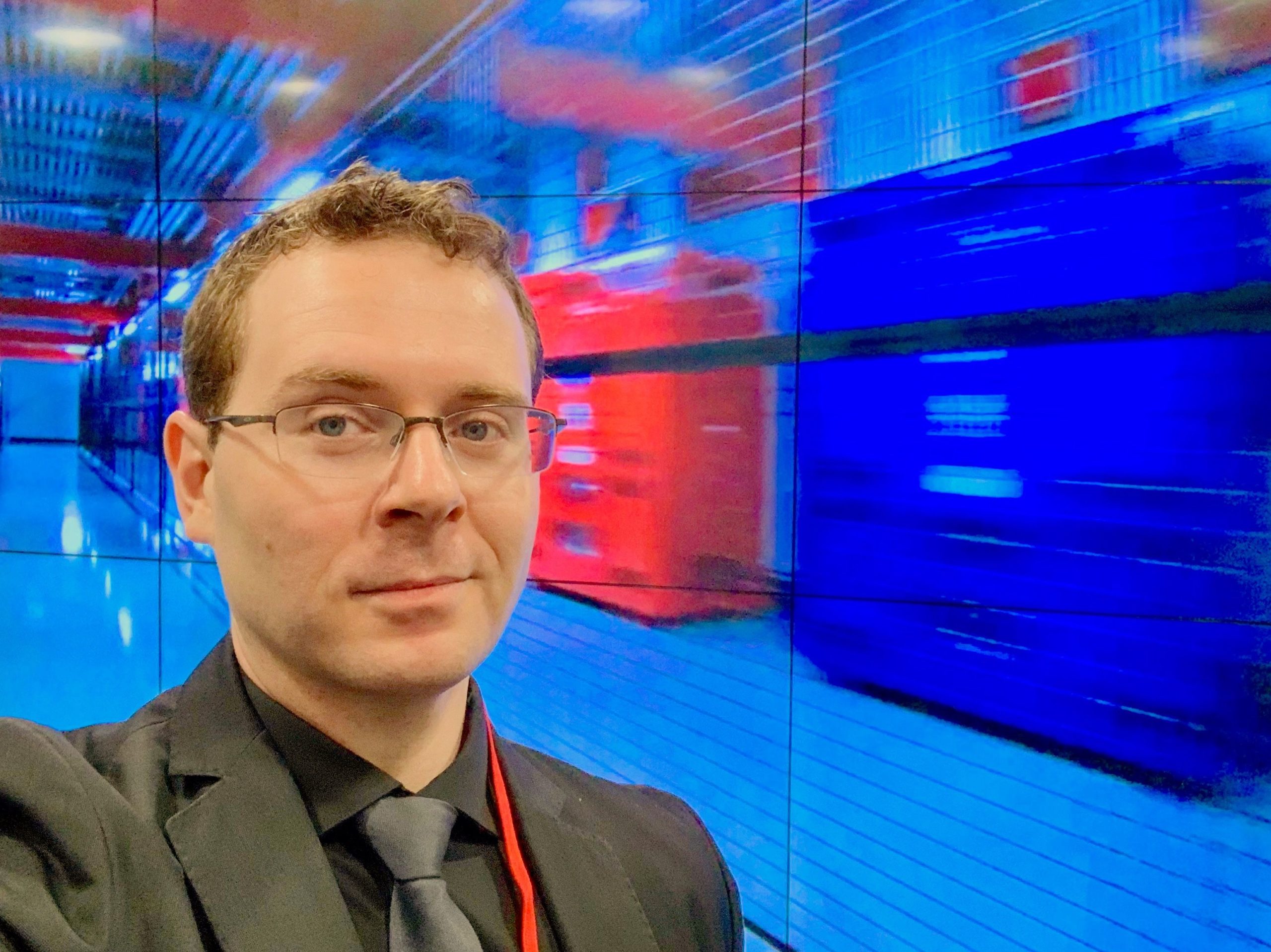How the Perception of Airflow Management Has Changed Over the Years11 min read

Even though technology moves at a staggering pace, it’s critical to understand how the components of data center efficiency have evolved. To that extent, let’s focus on data center airflow management. Believe it or not, it’s only until recently that real airflow best practices have become established. Looking back, data center airflow management first became a conversation point in the mid 1990’s when Robert “Dr. Bob” Sullivan recognized the futility of the then common practice of organizing computer rooms with all racks facing front, and implemented the first “intentional” hot aisle/cold aisle organization of server racks. Having established the value of separating cold aisles from hot aisles, a science of best practices quickly emerged to optimize the benefits of that separation.
Then, in 2005, Oracle and Intel reported on case study projects in which they had deployed server cabinets with vertical exhaust ducts (or chimneys) bridging from the cabinets to a suspended ceiling return air path, thereby completely separating the return air from the rest of the data center. While both studies reported on the effectiveness of the cooling and the opportunity for higher rack density, what was most noteworthy was that they both cited measured evidence of reduced cooling energy costs.
Shortly thereafter, Lawrence Berkeley National Labs reported on a June 2006 study at the National Energy Research Scientific Computing Center in Oakland, California. This study included a cold aisle containment experiment resulting in measurable savings on cooling unit fan energy, chiller plant energy at a higher set point, and increased economizer hours. From this point on, the conversation on data center airflow management changed from a primary focus on effectiveness to a focus on efficiency.
Then, in 2010, ASHRAE 90.1, Energy Standard for Buildings except Low Rise Residential eliminated the process exemption for data centers and added proscriptions for economization, variable flow on fans, and restrictions on humidity management as a reflection of evolving best practices for data center airflow management. As data center airflow management reached mainstream status in the past few years, the evolution of this field has focused on fine-tuning all the developments of the preceding decade.
So – what’s changed? Why has the perception and value around AFM grown so much? Most of all, what are the key drivers behind an AFM market that’s slated to reach $807.3 Million by 2023? The main driver is the vast evolution of the market itself. Now, the focus revolves around the vast offerings of airflow management. For example, you now have options around blanking panels, grommets, containment solutions, various cooling systems like chilled water or direct expansion, and even tool-less designs. From there, these solutions might even vary based on your data center type.
In the past, AFM solutions may have been a ‘nice-to-have’ or even a luxury of sorts for some data centers to implement. Now, for many market reasons (data center energy usage, growing business needs, focus on green solutions), it is becoming much more of a necessity. When retrofitting or designing a data center, you no longer think twice about adding blanking panels, or even brush grommets to improve data center efficiency. With that being said, some organizations are still catching up to AFM requirements and best practices.
This may be a lot to take in, but it doesn’t have to be hard to get started. If you’re trying to optimize the way your data center operates, know that you have options. Here are five ways to go on your AFM journey to make sure you’re deploying the right solutions to really impact data center efficiency.
- Understand that AFM has really come a long way. Know that these solutions not only impact efficiency, they also save money on operating data centers.
- It’s really not hard to go on an AFM journey. As I mentioned earlier, there are really cool tool-less, magnetic solutions which make integrating new AFM architectures fundamentally easier.
- Work to change the business perceptions around data center efficiency within the business. The easiest way to do this is to simply showcase how much money can be saved with a more efficient data center.
- Think of cooling as a science. It’s important to note that we’re way beyond simply deploying cold and hot aisles. As discussed earlier, there are a lot of great AFM components that can be deployed to deliver powerful efficiency gains. The other key point is that as your data center evolves, your AFM requirements will change as well.
- Leverage a good partner. Running a cooling seminar within your own data center will help you understand key points around optimization. This includes seeing where you can optimize cooling airflow, where you can reduce bypass air leakage, and even how to increase cooling unit set points safely within ASHRAE limits.
Data center efficiency is at the forefront of innovation. We’re seeing greater integration with DCIM tools and overall data center management. Most of all, business leaders are seeing the benefit of leveraging a data center platform that’s running more efficiently. This is the major perception change that’s happening. That is, business leaders are seeing that efficiency, and even AFM, are directly tied to the cost structure of running a data center. Here’s the thing, moving forward, this won’t change. Our reliance on data center solutions will require that we continue to focus on efficiency and improving data center operations.

Bill Kleyman
Industry Analyst | Board Advisory Member | Writer/Blogger/Speaker | Contributing Editor | Executive | Millennial
Bill Kleyman is an award-winning data center, cloud, and digital infrastructure leader. He was ranked globally by an Onalytica Study as one of the leading executives in cloud computing and data security. He has spent more than 15 years specializing in the cybersecurity, virtualization, cloud, and data center industry. As an award-winning technologist, his most recent efforts with the Infrastructure Masons were recognized when he received the 2020 IM100 Award and the 2021 iMasons Education Champion Award for his work with numerous HBCUs and for helping diversify the digital infrastructure talent pool.
As an industry analyst, speaker, and author, Bill helps the digital infrastructure teams develop new ways to impact data center design, cloud architecture, security models (both physical and software), and how to work with new and emerging technologies.







0 Comments